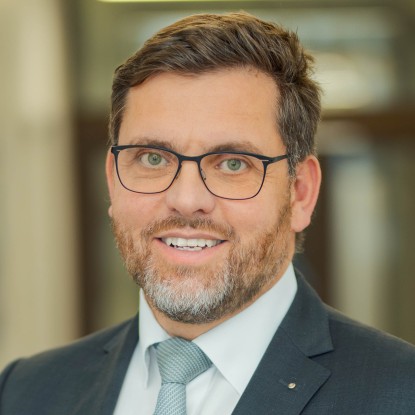Each Project is assigned to one Project Section A Product Development, B Production, C Usage or T Transfer.
Project Section A: Product Development
The project area product development (A) deals with design principles that allow resilience of components and subsystems. The close connection between mathematics and engineering helps to structure systems and expands the space for solutions to achieve resilient systems. Mathematical optimization is applied to detect model uncertainty in the application and make it available for product development. This leads to a close connection beyond the product life cycle. The investigation of uncertainty propagation is extended such that it includes not only varying input and output data but also the uncertainty of the model itself. A variety of models of the SFB 805 demonstrator support the collection and representation of information which also enables the research on ontology-based information models.
Project Section B: Production
In project area production (B) the research activities are focused on the process-integrated identification of uncertainty in processes and operating resources, as well as the resilience of process chains in case of deviations of process characteristics beyond the intended tolerance range. In addition, it analyses the extension of process adaption from individual processes to process chains as well as the process-compliant integration of sensors and actuators in high-rigid load bearing structures which are supported by measurements and condition monitoring.
Project Section C: Usage
The application (C) of the load bearing system takes place at the generic demonstrator with its sensory, passive, semi-active and/or active modular elements. These elements are an active stabilization of a beam, the semi-active diversion of a load path, a lightweight hydraulic absorber and an active air spring damper with an adjustable rolling piston. All these technologies have been developed and validated on component test rigs in the first and second funding period. For the third funding period, the research questions are expanded by the aspect of resilience regarding the buckling of a beam, the diversion of load, hydraulic damping and model uncertainty for occurrence in a hydraulic power transmission as well as in an active air spring damper. The close interconnection between all three project areas allows the realization of and the research on resilient process chains. For example, the process chains allow monitoring, reaction, learning and anticipation of the dynamic behavior
Transfer Section T
Scientific transfer projects provide the transfer of past and current knowledge gained on the control of uncertainty for industrial applications.



